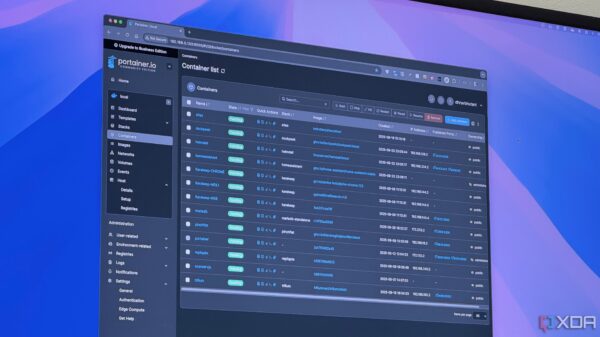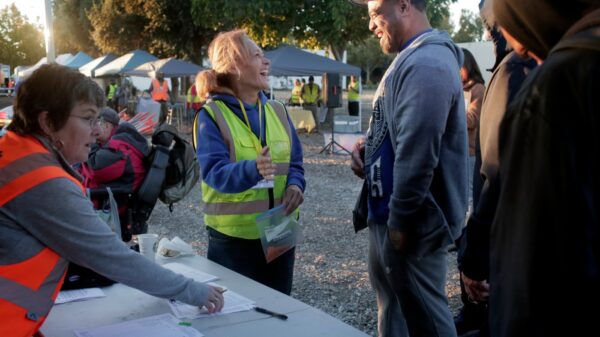A recent pilot study has demonstrated the potential of real-world external control arms to expedite drug development for patients with HER2-positive breast cancer. Led by Jessica Paulus, ScD, the research team presented interim findings at the 2025 ASCO Annual Meeting. The study suggests that assembling these control arms alongside ongoing clinical trials may significantly enhance the drug development process.
The pilot study aimed to create a real-world data-based external control arm while concurrently enrolling patients in an ongoing single-arm phase 2 trial investigating tucatinib (Tukysa) combined with liposomal doxorubicin. This trial focuses on patients with HER2-positive locally advanced or metastatic breast cancer, identified by the clinical trial number NCT05748834. As of the interim analysis, the trial had enrolled eight patients.
To broaden the perspective of the trial’s findings, the research team utilized a method known as multiple imputation. This approach allowed them to simulate a cohort of 40 patients, reflecting the distribution of baseline characteristics from the enrolled participants. The simulated cohort was then successfully matched to a real-world external control arm comprising 77 patients. Following this matching, a remarkable 82% of the simulated phase 2 cohort aligned with the external control cohort.
Key Findings and Future Implications
The interim analysis revealed that the two cohorts showed comparable baseline characteristics, including mean age, number of prior treatments, and previous tucatinib exposure. As the phase 2 trial aims to enroll a total of 36 patients, researchers anticipate that the balance between these cohorts will further improve as enrollment progresses.
The trial targets patients aged 18 and older who possess an ECOG performance score of 0 or 1 and have measurable disease according to RECIST 1.1 criteria. Participants must have undergone at least one line of HER2-directed therapy for locally advanced or metastatic disease or have relapsed within six months after completing adjuvant HER2-directed therapy. The primary endpoint of this trial is the overall response rate, supplemented by key secondary endpoints such as safety and progression-free survival.
In an interview with OncLive, Paulus emphasized the importance of this research in demonstrating the validity of using external control arms in phase 2 studies. She expressed hope that this innovative approach could accelerate the clinical development pipeline, particularly for trials lacking comparative arms. “The big-picture reason we’re doing this [research] is in the hopes of demonstrating that this approach can be valid for phase 2 studies,” Paulus stated.
Challenges and Progress Ahead
Paulus, who serves as vice president of Real World Research at Ontada in Boston, Massachusetts, noted the increasing interest in real-world data over the past decade. This data can substantiate conclusions drawn from clinical trials, especially those with single-arm designs. While ethical considerations often justify the lack of comparator arms, this gap raises challenges in assessing the efficacy and safety of experimental therapies.
Traditionally, external control arms have been utilized primarily in phase 3 trials. The current study seeks to extend this methodology to phase 2 trials, which typically involve smaller sample sizes and often operate as single-arm studies. Paulus explained the challenges in creating valid control arms for such trials, stating, “We were able to do that, and we did it quickly.”
The interim results presented at ASCO 2025 reflect only the initial eight patients enrolled in the clinical trial. However, the researchers aim to establish a robust external control arm dynamically as enrollment continues. By matching the real-world cohort with the trial participants, the team intends to provide a strong reference point for comparison.
As the trial progresses, the researchers anticipate expanding the real-world data cohort, targeting a ratio of approximately three-to-one between the external control arm and the phase 2 trial population. With statistical probability sampling, they expect to achieve a more balanced representation as overall sample sizes increase.
This pioneering approach could ultimately lead to faster, evidence-driven decisions regarding the transition to phase 3 clinical trials. By integrating real-world data into the clinical development pipeline, the life sciences sector may benefit from enhanced insights and a more streamlined process for bringing new therapies to market.







































































